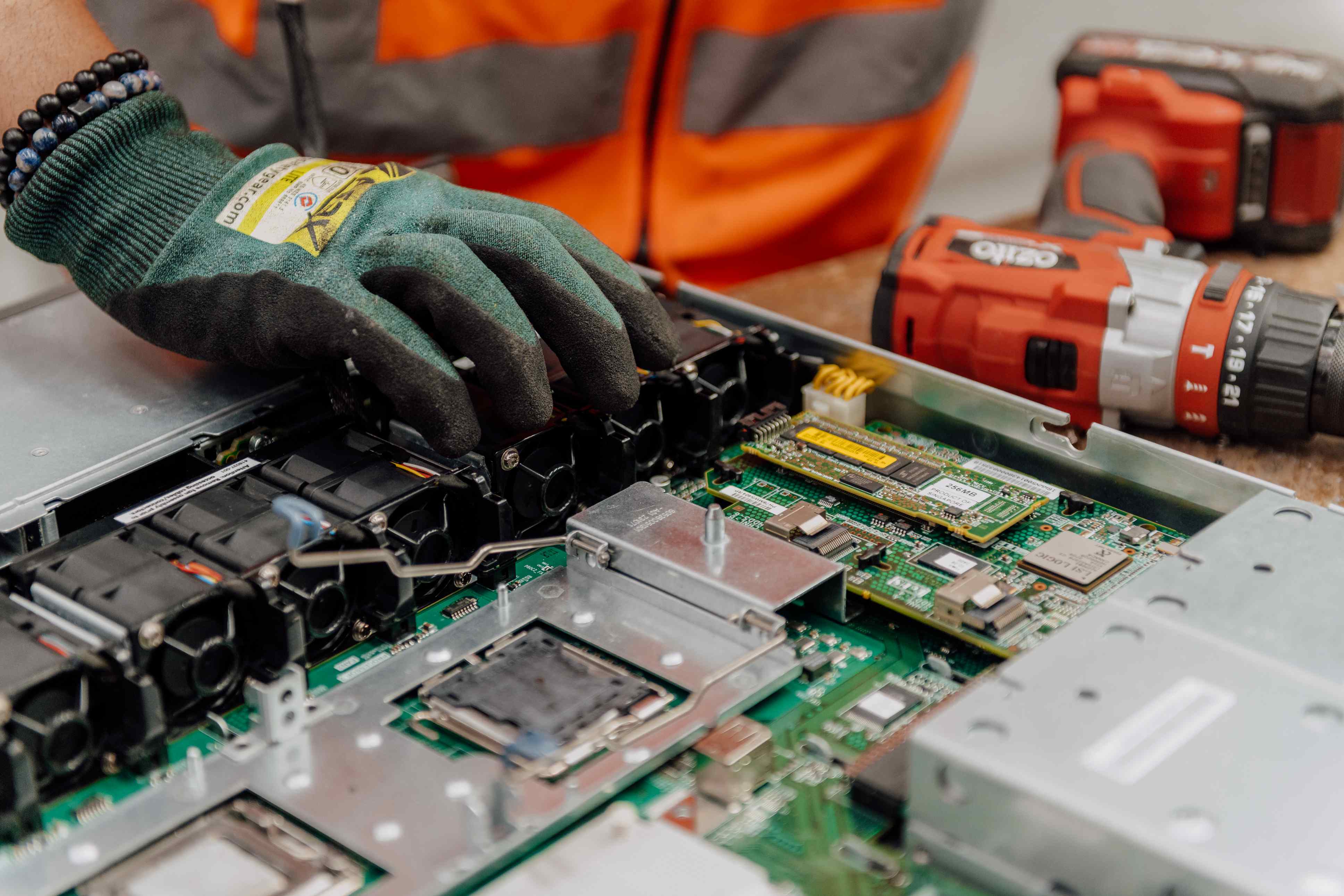Latest news
Secure Data Destruction: How to Protect Your Business and Your Customers

In today’s digital‑first world, your business’s data is one of its most valuable assets - but also one of its greatest risks. Whether it's stored on hard drives, laptops, mobile devices or servers, once those assets reach end‑of‑life they still harbour sensitive information. Without the right process for secure data destruction, your organisation and your customers face serious exposure.
At Echo, we exist to protect and preserve New Zealand’s environment and to safeguard your data as part of that mission. We want to walk you through why secure data destruction matters, what it looks like in practice, and what you should ask of your provider.
What is Data Destruction?
Data destruction refers to the permanent removal of data from a device in a way that makes it irretrievable. This applies to laptops, desktops, smartphones, tablets, USBs, servers, and any other data-bearing media.
It’s a vital step in the IT lifecycle that protects your organisation from data breaches, identity theft, and reputational damage. However, many businesses still rely on basic deletion or assume a factory reset is sufficient - it’s not.
Even when a device is no longer in use, the data it holds remains a risk until it has been securely erased or physically destroyed.
Deletion vs Secure Data Erasure
Deleting a file simply removes the reference to it - the underlying data is still there until it’s overwritten. This means that with the right tools, deleted files can often be recovered long after they’re "gone."
In contrast, secure data erasure (also referred to as secure data wiping) uses certified software to completely overwrite every sector of a storage device. This ensures the original data is permanently destroyed and cannot be recovered - not even with advanced forensic tools.
At Echo, we use Blancco – the global standard in data sanitisation software – to securely erase everything from laptops to enterprise servers. After erasure, a detailed certificate is issued for every device, providing traceability and compliance.
What is Data Sanitisation?
Data sanitisation is an umbrella term that includes secure erasure, secure data wiping, degaussing, and physical destruction – so long as the method renders the data permanently inaccessible.
There are three main forms of data sanitisation:
- Software-based erasure – overwriting all data using certified software like Blancco.
- Degaussing – applying a strong magnetic field to disrupt data on magnetic drives.
- Physical destruction – shredding or dismantling the device beyond recognition.
The right method depends on the type of device, the sensitivity of the data, and your organisation’s compliance requirements.

When is Physical Destruction Necessary?
While secure data wiping is the preferred method when reuse or resale is possible, there are times when physical data destruction is the only option.
You should consider physical destruction when:
- Your sector or organisation requires certified physical destruction for compliance.
- The device is damaged and can’t be wiped.
- Your organisation has zero-risk tolerance for reuse.
At Echo, we provide both on-site and off-site data destruction services. Our high-security shredder and degaussing equipment are compliant with NZISM requirements, and we issue full destruction certificates for every job.
Why This Matters for Your Business
The risks of poor data disposal are real – and growing. According to global studies, up to60% of used drives sold on secondary markets still contain recoverable data.
A failure in data sanitisation can lead to:
- Privacy breaches and fines under the NZ Privacy Act.
- Reputational damage from leaked customer information.
- Loss of intellectual property or sensitive financial data.
- Violations of ISO or sector-specific compliance standards.
Whether you’re an SME, a school, or a large enterprise, protecting your data during disposal is just as important as protecting it during use.

What to Ask Your Provider
Before handing over your old IT equipment, here’s what you should ask:
- Do you use certified software for secure data erasure (e.g. Blancco)?
- Will I receive a certificate of destruction or sanitisation?
- Can you provide on-site destruction for high-security environments?
- Are you compliant with NZISM or ISO standards for data destruction?
- Do you offer traceability and chain-of-custody reporting?
- What happens to the device after data sanitisation – is it reused, recycled or resold?
- How do you ensure environmental sustainability alongside data security?
The answers to these questions will determine whether your provider is equipped to handle both your risk and your responsibilities.
The Sustainability Connection
Good data destruction practices don’t have to come at the expense of sustainability. Infact, when done right, they can enable it.
Securely wiped devices can be refurbished and remarketed, helping reduce e-waste and extend the life of valuable tech. Meanwhile, physically destroyed items can be processed through ethical recycling channels, recovering materials like copper, aluminium and precious metals.
At Echo, we integrate secure data wiping with our broader circular IT asset management services, giving organisations the assurance that their data is gone, and their devices are handled with care for the environment.
Whether you’re replacing a few laptops or decommissioning an entire server room, secure data destruction is a non-negotiable part of doing business.
Protecting your customers’ information, complying with privacy laws, and preserving your reputation all start with how you handle end-of-life tech.
Echo is hereto help you do that responsibly, securely, and sustainably.
Want to know more?
Contact our team for a free consultation or visit echotech.co.nz/data-security to learn more.










.png)






.jpg)
.jpg)





.avif)



.svg)


